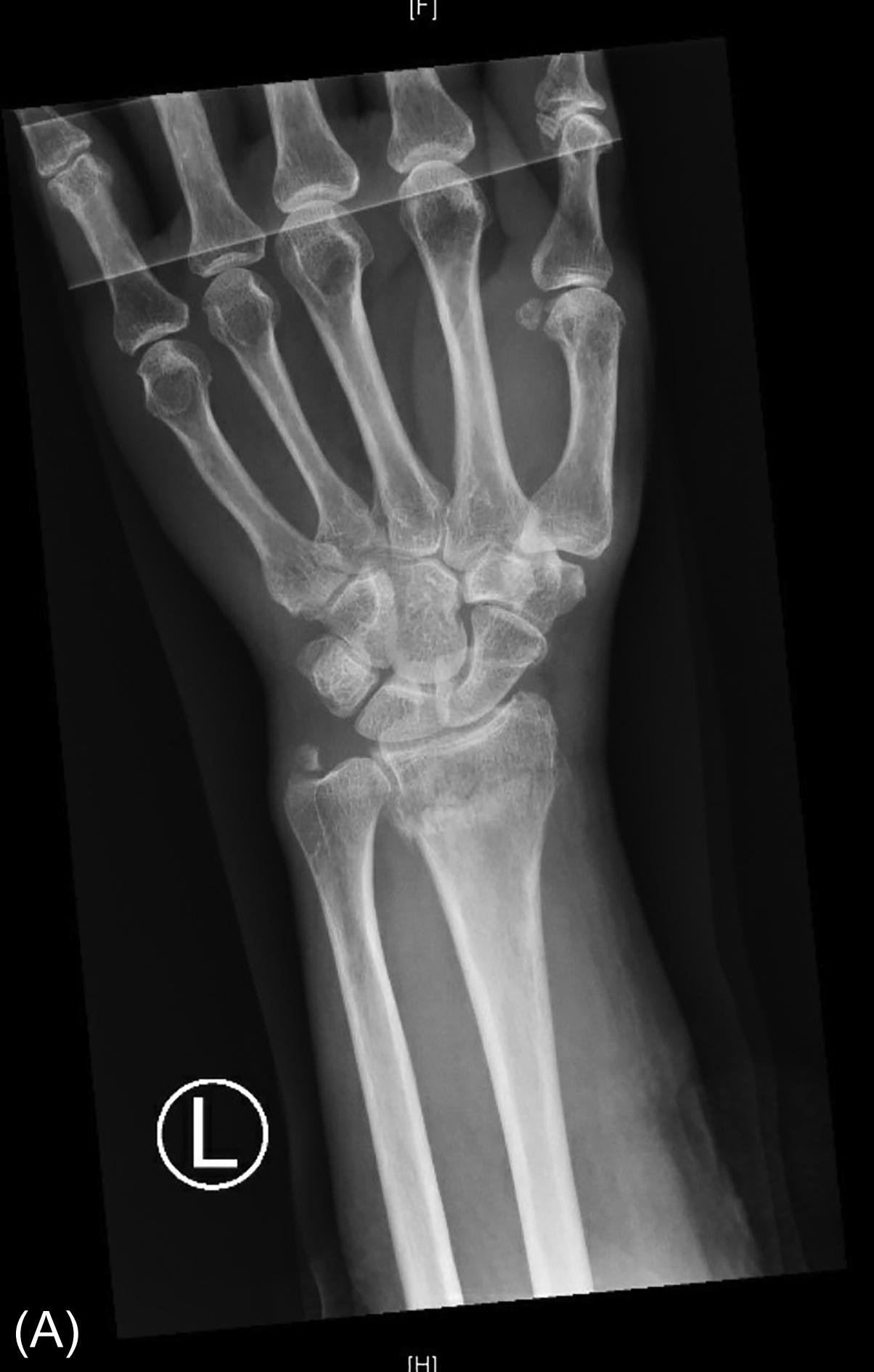Physical Address
304 North Cardinal St.
Dorchester Center, MA 02124
Evidence-based management requires combination of the best evidence with patient values and provider preferences to make treatment decisions.
The practice of evidence-based management involves question formulation, acquisition of related literature, appraisal of study quality, and the appropriate application of research findings to individual patients.
Evidence-based management does not strictly depend on the results of randomized controlled trials, but more accurately involves the informed and effective use of all types of evidence.
A 75 year-old female trips and fall, landing on her outstretch right hand. She complains of right wrist pain when presenting to fracture clinic a few days later. Initial radiographs show a minimally displaced distal radius fracture ( Fig.1 A–C ).

Become a Clinical Tree membership for Full access and enjoy Unlimited articles
If you are a member. Log in here